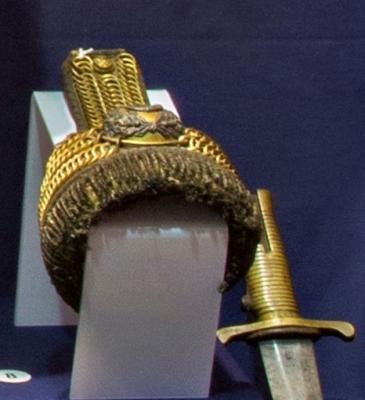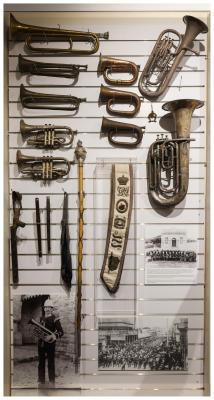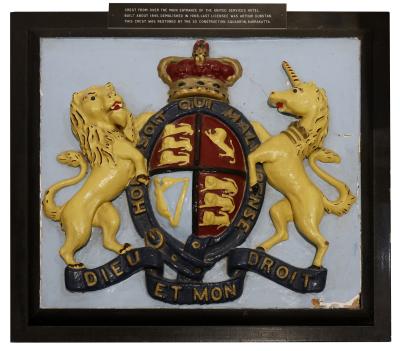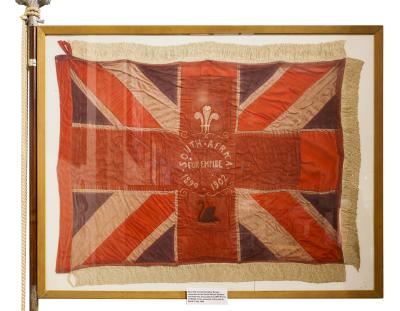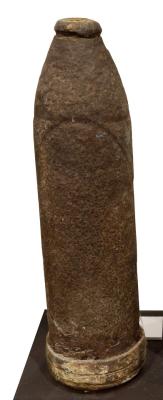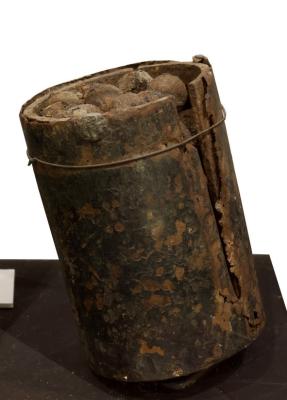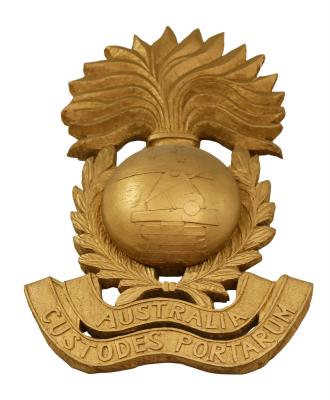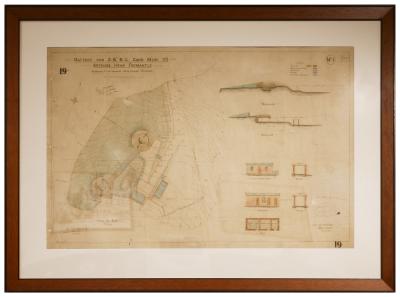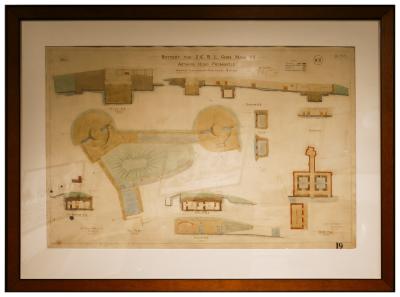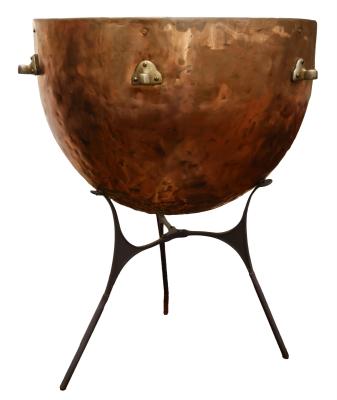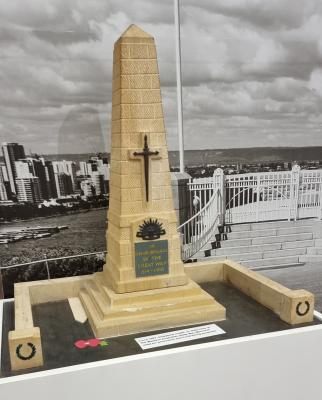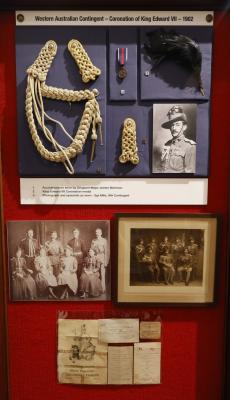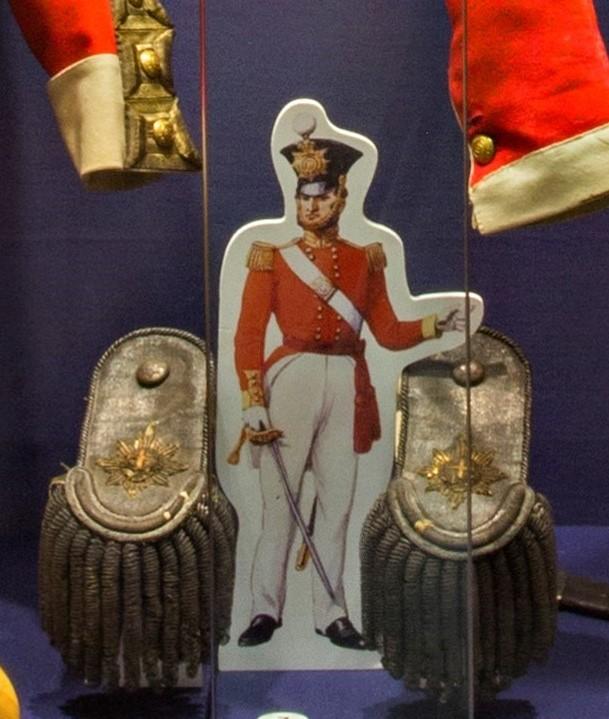Pre 1914, Epaulettes, 63rd Regiment of Foot, 1829
Pair of officer's gold bullion, fringed epaulettes from tunic of 63rd (West Suffolk) Regiment. Detachments of the unit were stationed in Western Australia from 1829 to 1833 under Captain Irwin.
The 63rd Regiment of Foot was raised in 1758. It latterly served with the British Army as the 63rd (West Suffolk) Regiment until the 1881 reforms, when it was merged with the 96th Regiment of Foot to form The Manchester Regiment. After distinguished service in both World Wars, the Manchester Regiment was amalgamated with the King's Regiment (Liverpool) in 1958, to form the King's Regiment (Manchester and Liverpool), which was, in 2006, amalgamated with the King's Own Royal Border Regiment and the Queen's Lancashire Regiment to form the present Duke of Lancaster's Regiment (King's, Lancashire and Border).
Details
Details
Epaulettes have a rich history in military uniforms, tracing back to their origins in ancient Rome as ornamental shoulder pieces denoting rank and status. Initially practical for securing pieces of armor, epaulettes evolved into decorative symbols of authority. Epaulettes today serve a dual purpose – not only as decorative elements but also as markers of rank. Combined, embroidery and metal details on epaulettes create a visually striking ensemble.
This link with the founding of the Swan River Colony may be found in the Pre 1914 gallery at the Australian Army Museum of Western Australia.
Australian Army Museum of Western Australia
Australian Army Museum of Western Australia
Other items from Australian Army Museum of Western Australia
- Pre 1914, Epaulette, 90th Regiment of Foot, 1860
- Feature Wall - Military Band Musical Instruments
- Royal Arms, Facade of United Services Hotel, Perth
- Pre 1914, 2nd Anglo Boer War, Western Australia, Veterans' Banner
- Pre 1914, Projectile for 6 inch Mk V Coast Defence Gun, 1895
- Pre 1914, Case / Cannister Shot for 7 inch Coast Defence Gun, 1877
- Pre 1914, Large Wooden Carving of Australian Garrison Artillery Badge, 1901 - 1912
- Pre 1914 - Original Plan for Two 6 inch Guns at Arthur's Head, Fremantle Port, 1903 (1 of 2)
- Pre 1914 - Original Plan for Two 6 inch Guns at Arthur's Head, Fremantle Port, 1903 (2 of 2)
- Pre 1914, Timpani or Kettle Drum
- World War 1 - Fundraising Model of State War Memorial, Kings Park, 1929
- Pre 1914, Edward VII Coronation Display, 1902
